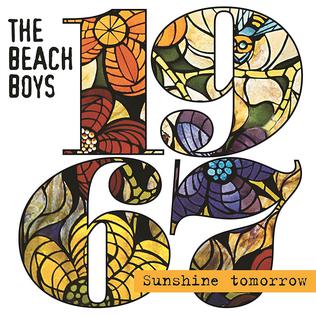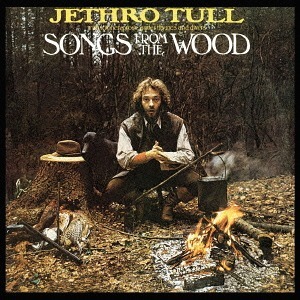Ray Davies wasn’t the only songwriter of his generation obsessed with the simpler setting of childhood, but he was easily the most prolific. Having already filtered his talent through character-driven songs, he put a tune written for the previous Kinks album in the bullpen and set to work on building a concept around it. A 12-track sequence was planned and cancelled, while other singles came and went, and eventually an album with 15 songs appeared with the grand title
The Kinks Are The Village Green Preservation Society.
Its lack of commercial success upon original release, in America as well as Britain, has had a lot to with its current status among rock snobs and other elitists for being Ray Davies’ greatest accomplishment. While it is a concept album, it’s not a rock opera with a set narrative. Rather, it’s merely a collection of songs inspired by the idea of that quaint English tradition of the town square, where humble citizens would gather for community and whatnot. Much like the Shire for Tolkien fans, it’s a portrait of an idyllic place that was then slowly fading away thanks to postwar industry; indeed, even Ray isn’t looking at the scenery through rose-colored glasses. And no matter; the village green may have had its flaws and drawbacks, but it was home, and less scary than the Big Black Smoke.
The title track perfectly sums up the attitude of the album, celebrating and mocking traditional values at the same time. With its inspired use of rhymes (with tough words like “consortium”, “affinity” and the like) it’s such a great song that coming up with a whole album to live up to it would be a daunting task for anyone. Yet “Do You Remember Walter” lives up to challenge, an open letter to a childhood friend, lamenting their distance while accepting it. Spotlighting a theme that will be revisited at the album’s end, “Picture Book” has such an infectious riff that Green Day managed to steal it. Then we come to one of the album’s few named characters; “Johnny Thunder” is the local bad boy, but the pretty chordal riff in a style Pete Townshend also enjoyed seems to be at odds with the image of the tough guy on his motorbike. “Last Of The Steam Powered Trains” is basically a rewrite of “Smokestack Lightning”, but takes a clever metaphor to fit in with the theme of changing times. It even picks up momentum as it passes, and ends at a faster tempo than started. Clever. It’s easy to consider “Big Sky” a rumination on theology; is the title character “looking down on all the people” some kind of deity, or simply an astronomical entity incapable of emotion? Similarly, “Sitting By The Riverside” is supposed to evoke a pastoral occasion, but the merry-go-round-broke-down freakout after each verse intrudes on the dream.
One might also assume that “Animal Farm” was suggested by the novel of the same name, ten years before Roger Waters ran with the idea. However, here it’s simply Ray wishing to return to a simpler life, living among (or even as one of) those creatures without a care. “Village Green” is the older track that was the seed for the album, and while it’s a little busy, it still reinforces the theme of the album without being redundant. He makes reference to leaving to find fame and fortune, then uses the lady he’s scolding in “Starstruck” to perhaps point the finger back at himself. Then we come to what in retrospect seems to be the only psychedelic track in the Kinks kanon (sorry, had to do it). “Phenomenal Cat” seems more suited to Syd Barrett than a more “straight” writer than Ray, especially with the sped-up vocals, and it’s more jarring when we get to the music hall spoof of “All Of My Friends Were There”, which foretold some of Ray’s less impressive live appearances thanks to various medications. With “Wicked Annabella”, about a local witch legend, Brother Dave finally gets a lead vocal on a dirty track suited for him, down to the biscuit-tin drums. “Monica” describes another woman of the town, in this case the hooker with a heart of gold. There is a mild island feel, but the “I-I shall die” section always wins. Finally, “People Take Pictures Of Each Other” (“to prove that they really existed”) means something so different in the modern age of the selfie where everything must be documented, but the message remains: being involved in life is preferable to just looking at it.
As many of the tracks weren’t designed to be singles, Village Green Preservation Society isn’t the easiest listen, and takes some patience to appreciate. Without a linear tale to tell, it’s a challenge to determine what the songs have to do with each other, except that they came out of Ray’s brain and he said they were all connected. But once the songs become more familiar, and one marvels at the arrangements—most of the keyboards courtesy of good old Nicky Hopkins, and tasteful use of the Mellotron to simulate orchestral instruments rather than make noises—it’s understandable that so many people wish they could live there year-round.
Those so enamored would have made a beeline for 2004’s UK-only three-CD deluxe edition, which included stereo and mono versions of the album and the songs bumped for the original release, plus alternate mixes and many of the singles and cast-offs recorded during the same period. By the time the 50th anniversary rolled around, the album had gained such stature that a truly deluxe edition was prepared. Alongside a straight CD reissue and a two-disc version that bolstered the stereo and mono mixes with the expected bonuses, a massive doorstop added the mono and stereo mixes on vinyl, a vinyl version of the 12-song sequence, three replica 45s presumably included for the cover art, the expected hardcover book, a small stack of photos and posters and whatnot, and three more CDs.
One can see the fingerprints of producer Andrew Sandoval all over this, his perplexingly wide view of chronological context having justified the excessive padding on various Monkees boxes. Both the mono and stereo versions of the album, the alternates, and most of the leftovers have been given new remasters, though some have been carried over from that 2004 set. An entire disc is devoted to session outtakes; some of these are brand new mixes completed to highlight aspects of the tracks. Easily half of a disc of BBC sessions has already been out on either or both of two BBC box sets, while the rest seem to be included just because they were from 1968, when they were still promoting Something Else. A sequence of Ray’s demos is fascinating, certainly, but there’s a jump ahead five years to unreleased explorations from the ‘70s incarnation of the concept (which we’ll get to) that better belong to an expansion of those albums, and even choral performances of some of the songs by Ray with an orchestra in 2010.
Taking out the time travel bits and non-Village Green material, the set could easily have been shaved down to four discs, or even three. But would it truly be “super deluxe”? Fans of the album may disagree. Nonetheless, the volume of music enables anyone to spend an entire day in that mythical spot. Fittingly.
The Kinks The Kinks Are The Village Green Preservation Society (1969)—4
2018 50th Anniversary Deluxe Edition: same as 1968, plus 34 extra tracks (Super Deluxe Edition adds another 77 tracks plus vinyl)


:format(jpeg):mode_rgb():quality(40)/discogs-images/R-5282385-1434195834-1531.jpeg.jpg)

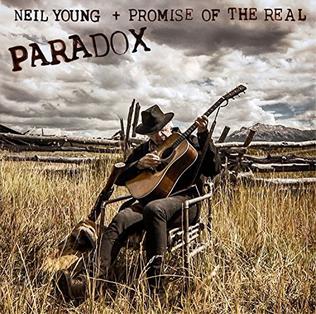



:format(jpeg):mode_rgb():quality(90)/discogs-images/R-1742751-1240471699.jpeg.jpg)
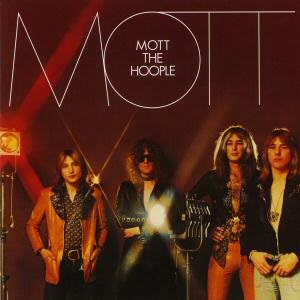

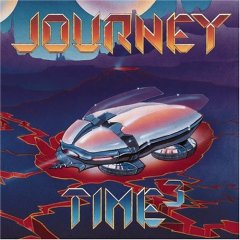
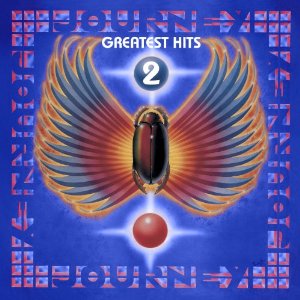
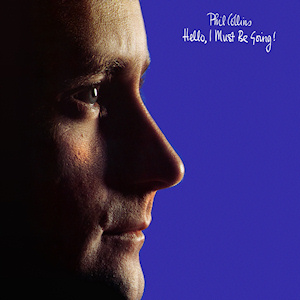



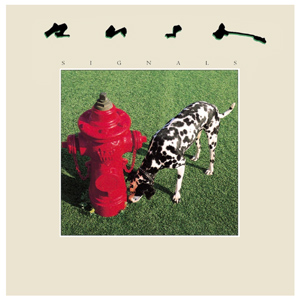






:format(jpeg):mode_rgb():quality(90)/discogs-images/R-783231-1159094755.jpeg.jpg)


:format(webp):mode_rgb():quality(90)/discogs-images/R-2633070-1294210523.jpeg.jpg)
